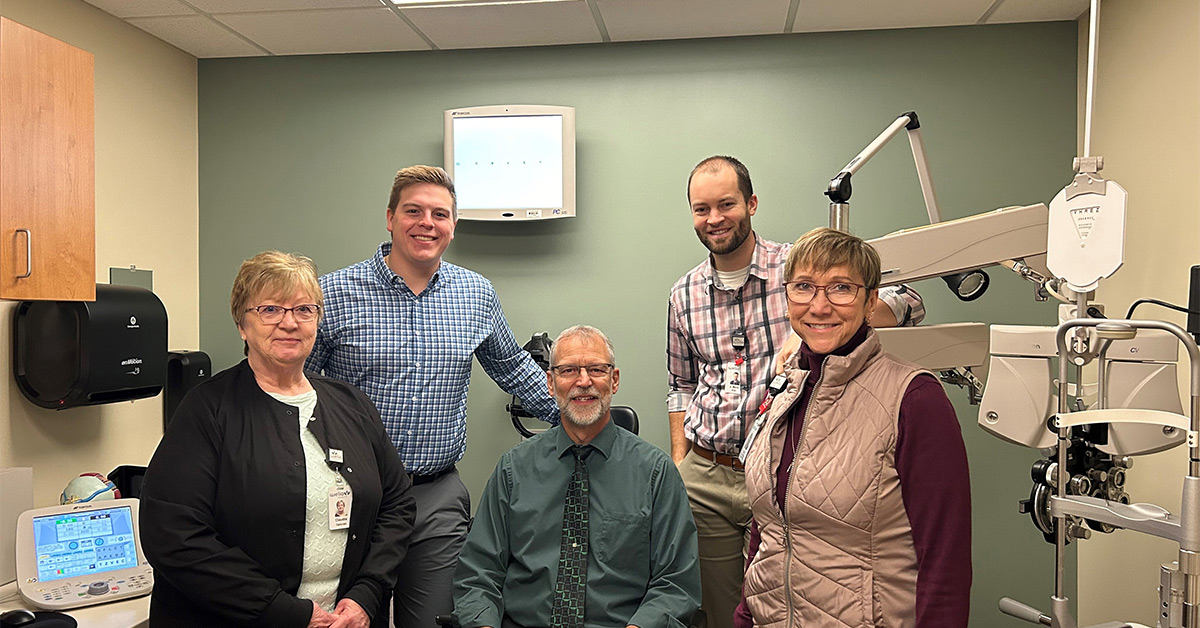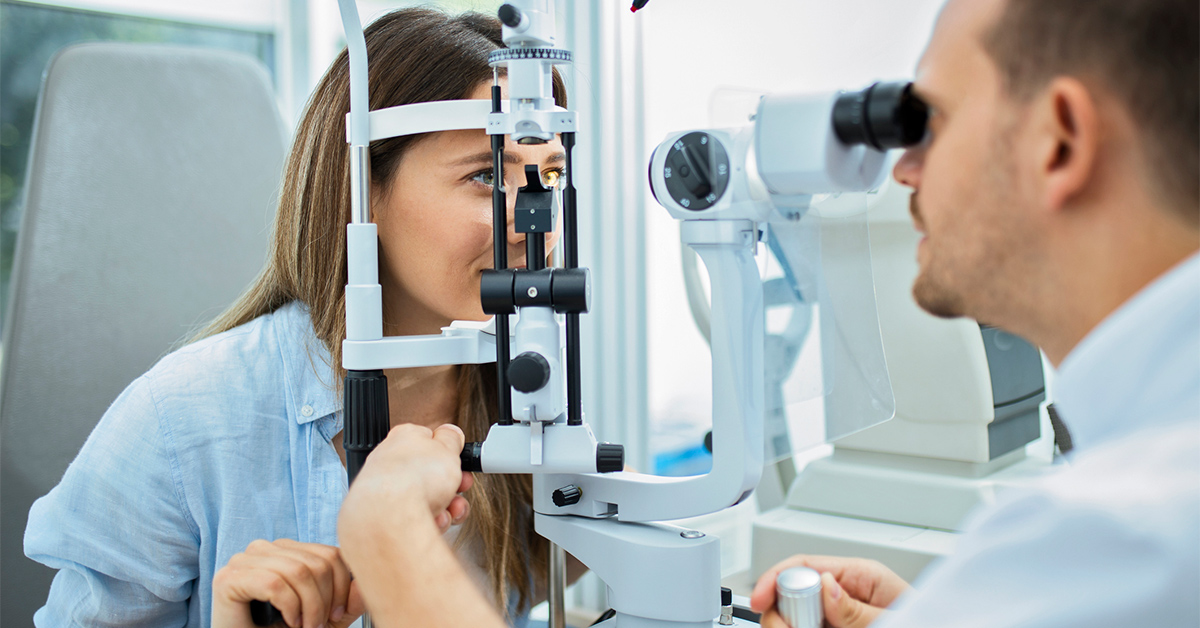If 80% of classroom learning is visual, then good eyesight and healthy eyes couldn’t be more important for our kids. But when an estimated 20% of school-aged children have vision problems, we’ve got to do better. When uncorrected vision problems are linked with lower early literacy performance and pre-reading skills in preschool and kindergarten, we’ve got to do better.
Screenings alone aren’t enough
School vision screenings are a good first step – they typically assess visual acuity by having kids read an eye chart from a distance. However, these screenings miss at least 50% of children with vision problems. A comprehensive eye exam will provide a clearer picture of overall vision and eye health, and ensure your child’s vision is schoolroom-ready.
Vision skills mean more than distance
The American Optometric Association (AOA) outlines the vision skills that every child needs to have for effective reading and learning:
- Visual acuity—the ability to see clearly in the distance for viewing the chalkboard, at an intermediate distance for the computer and up close for reading a book.
- Eye focusing—the ability to quickly and accurately maintain clear vision as the distance from objects change, such as when looking from the chalkboard to a paper on the desk and back. Eye focusing allows the child to easily maintain clear vision over time, like when reading a book or writing a report.
- Eye tracking—the ability to keep the eyes on target when looking from one object to another, moving the eyes along a printed page or following a moving object like a thrown ball.
- Eye teaming—the ability to coordinate and use both eyes together when moving the eyes along a printed page and to be able to judge distances and see depth for classwork and sports.
- Eye-hand coordination—the ability to use visual information to monitor and direct the hands when drawing a picture or trying to hit a ball.
- Visual perception—the ability to organize images on a printed page into letters, words and ideas and to understand and remember what is read.
Don’t rely on your child to complain about vision problems. Often, they believe that everyone else sees the world just as they do. It’s up to parents to look for signs. The most common signs that a vision problem may be interfering with reading and learning are:
- Difficulty completing homework
- Inattentive or easily distracted
- Loss of place when reading
- Eyes are uncomfortable or sore when reading
- Gets tired when reading
Other clues include squinting, itchy eyes, excessive blinking or tearing, headaches, or sitting close to the TV or computer screen.
If you have concerns about your child’s vision, consider talking to their teacher to see if they have noticed any signs.
Attention disorder or vision problem?
Vision problems can mimic symptoms of attention deficit disorder (ADHD or ADD), and in some cases, children are incorrectly diagnosed. One study suggested that, like ADHD, problems with vision make it hard for children to finish schoolwork in a timely fashion or to pay attention. If you have concerns about ADHD, start by talking to your child’s healthcare provider about further assessment, including an eye exam.
When should my child’s eyes be checked?
Welia Health family medicine providers will conduct vision screenings during annual well-child visits beginning at age 3.
The AOA recommends children receive comprehensive eye exams by an eye doctor on a regular schedule that begins in infancy:
- A comprehensive baseline eye exam between the ages of 6 months and 12 months
- At least one comprehensive eye exam between the ages of 3 and 5 to check for any conditions that could have long-term effects
- A comprehensive eye exam starting before first grade
For recognition, comprehension, and retention, your child needs good eyesight and healthy eyes. It will impact every aspect of their life, from socialization to academic success.













